Llandudno, Cape Town
| Llandudno | |
|---|---|
|
Llandudno | |
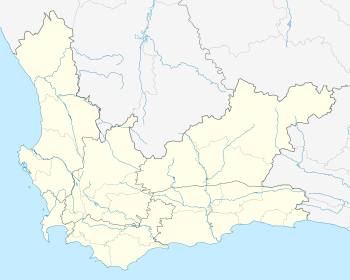 Llandudno 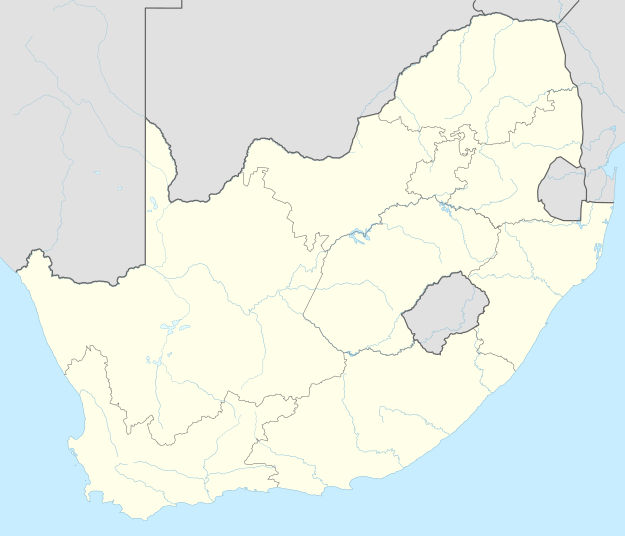 Llandudno 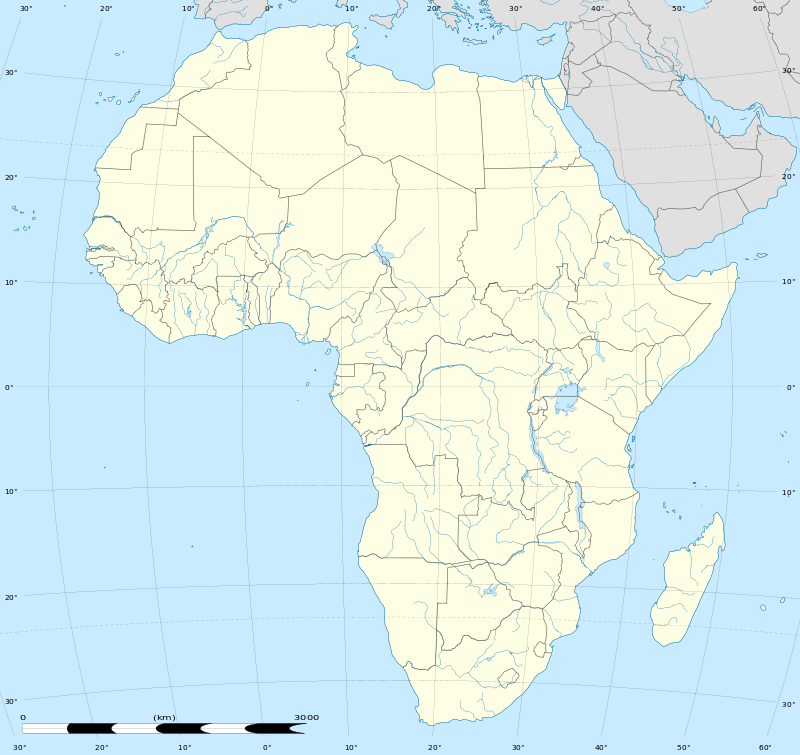 Llandudno
| |
|
Location within Cape Town 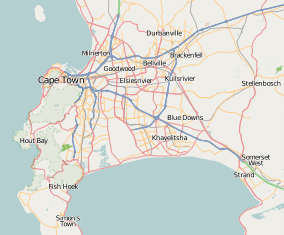 Llandudno | |
| Coordinates: 34°0′37″S 18°20′34″E / 34.01028°S 18.34278°ECoordinates: 34°0′37″S 18°20′34″E / 34.01028°S 18.34278°E | |
| Country | South Africa |
| Province | Western Cape |
| Municipality | City of Cape Town |
| Main Place | Hout Bay |
| Area[1] | |
| • Total | 2.89 km2 (1.12 sq mi) |
| Population (2011)[1] | |
| • Total | 571 |
| • Density | 200/km2 (510/sq mi) |
| Racial makeup (2011)[1] | |
| • Black African | 10.3% |
| • Coloured | 2.1% |
| • Indian/Asian | 0.2% |
| • White | 86.9% |
| • Other | 0.5% |
| First languages (2011)[1] | |
| • English | 85.5% |
| • Afrikaans | 6.0% |
| • Xhosa | 3.3% |
| • Other | 5.3% |
| Postal code (street) | n/a |
| PO box | 7806 |
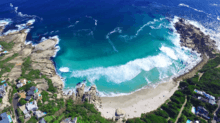
Llandudno is a residential suburb of Cape Town, South Africa, on the Atlantic seaboard of the Cape Peninsula. There are no street lights, shops or commercial activities, and the suburb has some of the most expensive residential property in South Africa.
Llandudno Beach is one of the Cape's most beautiful beaches, surrounded by large granite boulders and overlooked by mountains. It is a popular surfing spot, but the swimming can be treacherous, with rough seas and extremely cold water. Llandudno has lifeguards on duty during the summer season, operated by the Llandudno Surf Lifesaving club. It is also the access point for the walk to Sandy Bay, an isolated beach still popular with nudists.
On 26 September 1903 the valley was declared a township and named Llandudno after the North Wales seaside resort of Llandudno, which means "Parish of Saint Tudno" in the Welsh language. The striking similarities between Kleinkommetjie Bay in which the valley resides and Llandudno in Wales were noted as reasons for choosing this name.
References
- 1 2 3 4 "Sub Place Llandudno". Census 2011.
External links
-

Wikimedia Commons has media related to Llandudno, Cape Town. - Llandudno, South Africa
- Llandudno Map A street map of Llandudno
.jpg)
.svg.png)